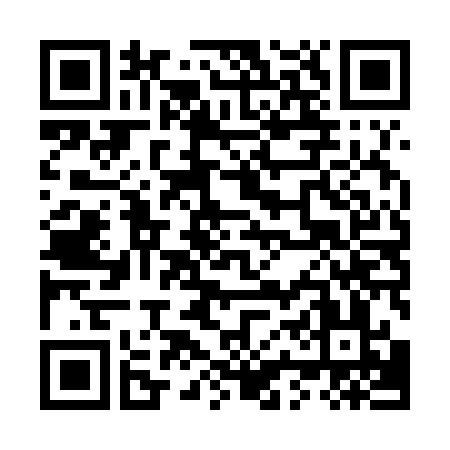Use of satellite images in agribusiness
One of the main challenges of agribusiness is to develop techniques that strengthen the resilience of its crops and increase production through the efficient use of natural resources.
In this context, remote sensing systems, through aerial and satellite images, provide relevant information to help farmers to monitor land degradation, soil quality, crop yield, among other environmental factors that influence agricultural production.
Products for soil analysis and suitability
Many cartographic products can be made according to agricultural demands and objectives. Some commonly produced products include crop type maps, soil maps (salinity, acidification and erosion), forest cover type maps, deforestation maps and, those that are the focus of this article, land use and land cover maps.
Land cover corresponds to the physical condition of the soil surface, eg forest, pasture, concrete pavement, etc., while land use reflects human activities in land use eg industrial zones, residential zones, agricultural fields etc. Land use and land cover maps can be used as tools for planning and resource management, or for detecting land cover changes by comparing two images from different dates, or a current remote sensing image and an old map . In this way, seasonal changes in agricultural areas and deciduous forests can be monitored and evaluated, as well as annual changes in land cover or use can indicate real changes in landscapes.
In summary, land use and/or land cover maps provide important information about the status quo and changes in land cover patterns, being useful for determining and implementing environmental policies or, when used with other data, for making complex assessments. such as erosion risk mappings.
Satellite images used in soil suitability analysis
Currently, there are a wide variety of satellite systems continuously recording information about the Earth. A wide variety of images are available on satellites. Both active and passive sensors, operating from the microwave to the ultraviolet regions of the electromagnetic spectrum, daily collect a great deal of information about the Earth's surface. Each of the systems varies in terms of its spatial, spectral, radiometric and temporal resolution. These characteristics play an important role in defining which applications the sensor is most suitable for.
For example, to delineate land use and land cover, we can use images from the SPOT-6 satellite. The SPOT-6 satellite is in circular, heliosynchronous orbit at an altitude of 694Km. It has panchromatic, multispectral (RGB) and near infrared bands with resolutions of 1.5m and 6.0m, respectively. Your return frequency is daily.
IRS-1D satellite imagery can also produce LULC thematic maps. With 500m resolution, they can be purchased at NRSA Data Center, NRSA, Hyderabad, India.
Finally, we also have the option of using a Sentinel-1A satellite image, with dual polarization VV/VH, spatial resolution of 5x20m, acquired by the C-Band SAR (C-SAR) level 1 GRD (Ground Range Detected) sensor Mode - GRD) of Interferometric Wide (IW) mode. These are images with a width of 250 km and a resolution of 5 m x 20 m. C-SAR is capable of obtaining nighttime images and detecting small ground movements, which makes it useful for terrestrial and marine monitoring. Furthermore, a Landsat 8 image in L1T[1] format, with a spatial resolution of 30m, can be incorporated for the visible and infrared bands.
Promising future
The future of remote sensing of satellite images is surprising, as well as its benefits for sustainable development. As in the industry, the new era of remote sensing (RS 4.0), driven by operational services, is already a reality and the creative capacity has no limits.




